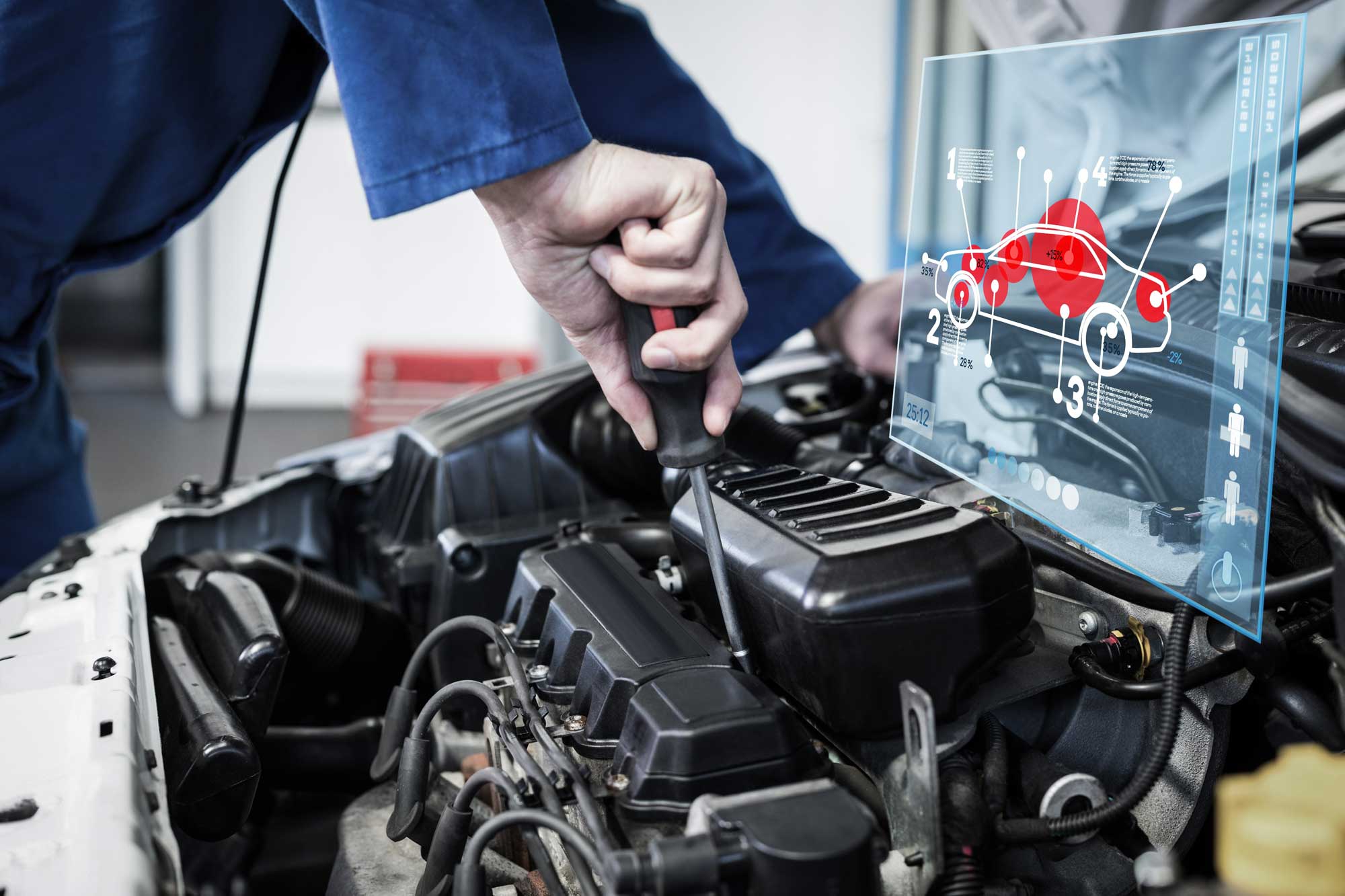All Categories
Featured

The Function of Diagnostics in Modern Lorry Repair Service
With the complexity of today's cars, diagnostics have actually become an essential action in automobile repair service and maintenance. Modern vehicles count on advanced systems, sensing units, and software program to operate effectively, making analysis devices a need for identifying and settling concerns. Whether it's a check engine light or an uncommon sound, diagnostics aid link the void in between uncertainty and exact repair solutions.
What Is Automobile Diagnostics? Diagnostics in automobile repair work describe the procedure of making use of specialized tools and strategies to recognize troubles within an automobile's numerous systems. Many cars are currently equipped with an Onboard Diagnostics (OBD) system that monitors crucial features such as the engine, transmission, brakes, and electrical parts. When a malfunction happens, the system produces mistake codes that can be accessed making use of analysis scanners.
These mistake codes provide service technicians with valuable insights right into what's wrong with the car. As an example, a code related to the exhaust system can suggest issues such as a stopping working oxygen sensor or a blocked catalytic converter. This data eliminates much of the uncertainty associated with lorry fixing, guaranteeing exact and effective solution.
Exactly How Diagnostics Benefit Vehicle Owners. Early Problem Discovery: Diagnostics can uncover problems prior to they rise. Determining small problems early, such as a falling short trigger plug, can avoid pricey repair work like engine damage. Expense Efficiency: By identifying the exact issue, diagnostics lower unnecessary labor and parts replacement, conserving both time and cash. Boosted Vehicle Efficiency: Routine diagnostics make certain that your auto's systems are working optimally, boosting gas efficiency and total efficiency. Security Guarantee: Recognizing mistakes in vital systems like brakes or air bags enhances your safety and security when driving. The Diagnostic Refine Explained. A regular diagnostic session entails several steps to guarantee extensive examination and exact results:

Connecting the Scanner: The technician connects an analysis scanner into the auto's OBD-II port. This tool communicates with the automobile's computer system to recover mistake codes. Translating Codes: The gotten codes are analyzed and cross-referenced with maker specs to establish the reason for the trouble. Added Screening: In many cases, further physical evaluations or performance examinations may be performed to verify the medical diagnosis and recognize underlying concerns. Advanced Diagnostics for Modern Cars. As auto innovation advances, diagnostics have actually become advanced. Electric automobiles (EVs) and hybrid automobiles, as an example, require specialized analysis devices to evaluate battery health, electrical motors, and regenerative stopping systems. Also, lorries with driver-assist attributes like adaptive cruise control and lane-keeping systems need accurate calibration, which contemporary diagnostics can promote.
Why Pick Professional Diagnostics? While some fundamental analysis devices are offered to consumers, professional diagnostics use unequaled accuracy. Qualified technicians have access to sophisticated equipment and get recurring training to stay upgraded on the most up to date vehicle innovations. This competence makes certain an extra thorough understanding of your vehicle's problems, leading to faster and much more efficient repair work.
Conclusion. Diagnostics are no much longer optional in automobile repair-- they are necessary. Normal diagnostic checks can avoid unanticipated break downs, save money, and ensure your automobile runs smoothly for many years to come. Whether you drive a conventional auto, a hybrid, or an EV, relying upon expert diagnostic solutions will keep your car in top problem and supply comfort when traveling.
Latest Posts
Why Chicago Drivers Trust Montclare Auto Repair for Dependable Service and Significant Savings
Published en
1 min read
Explore Special Auto Repair Specials in Chicago at Montclare Auto Repair
Published en
1 min read
Explore the Leading Auto Repair Discounts in Montclare, Chicago
Published en
1 min read
More
Latest Posts
Why Chicago Drivers Trust Montclare Auto Repair for Dependable Service and Significant Savings
Published May 26, 25
1 min read
Explore Special Auto Repair Specials in Chicago at Montclare Auto Repair
Published May 25, 25
1 min read
Explore the Leading Auto Repair Discounts in Montclare, Chicago
Published May 24, 25
1 min read